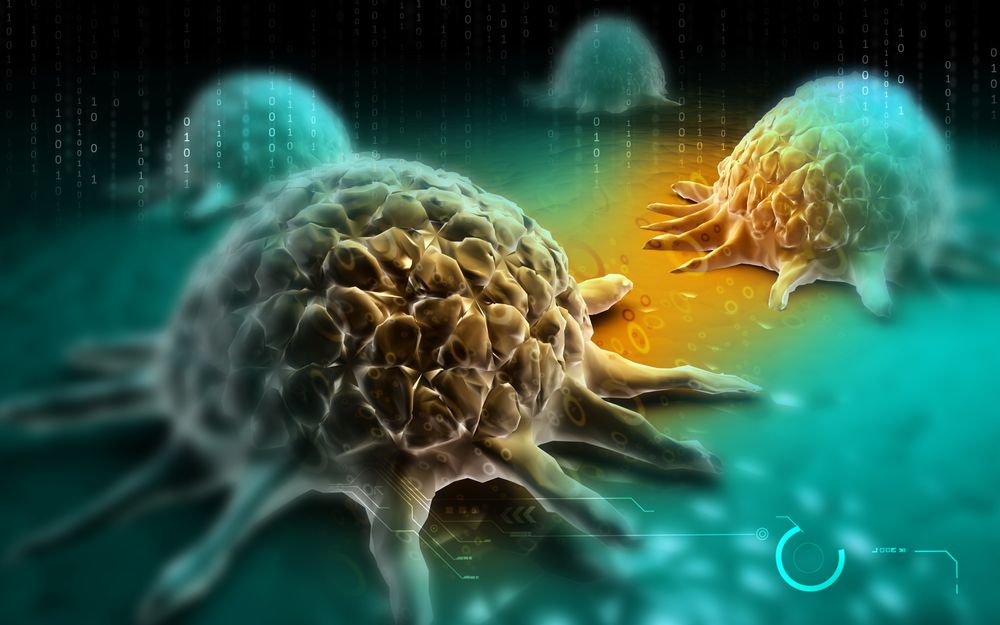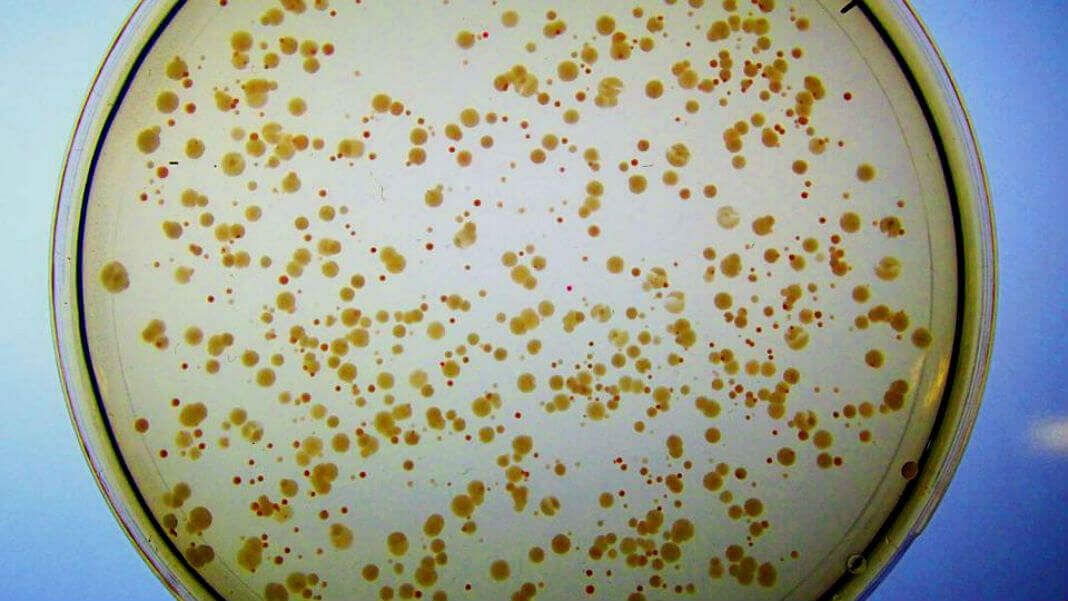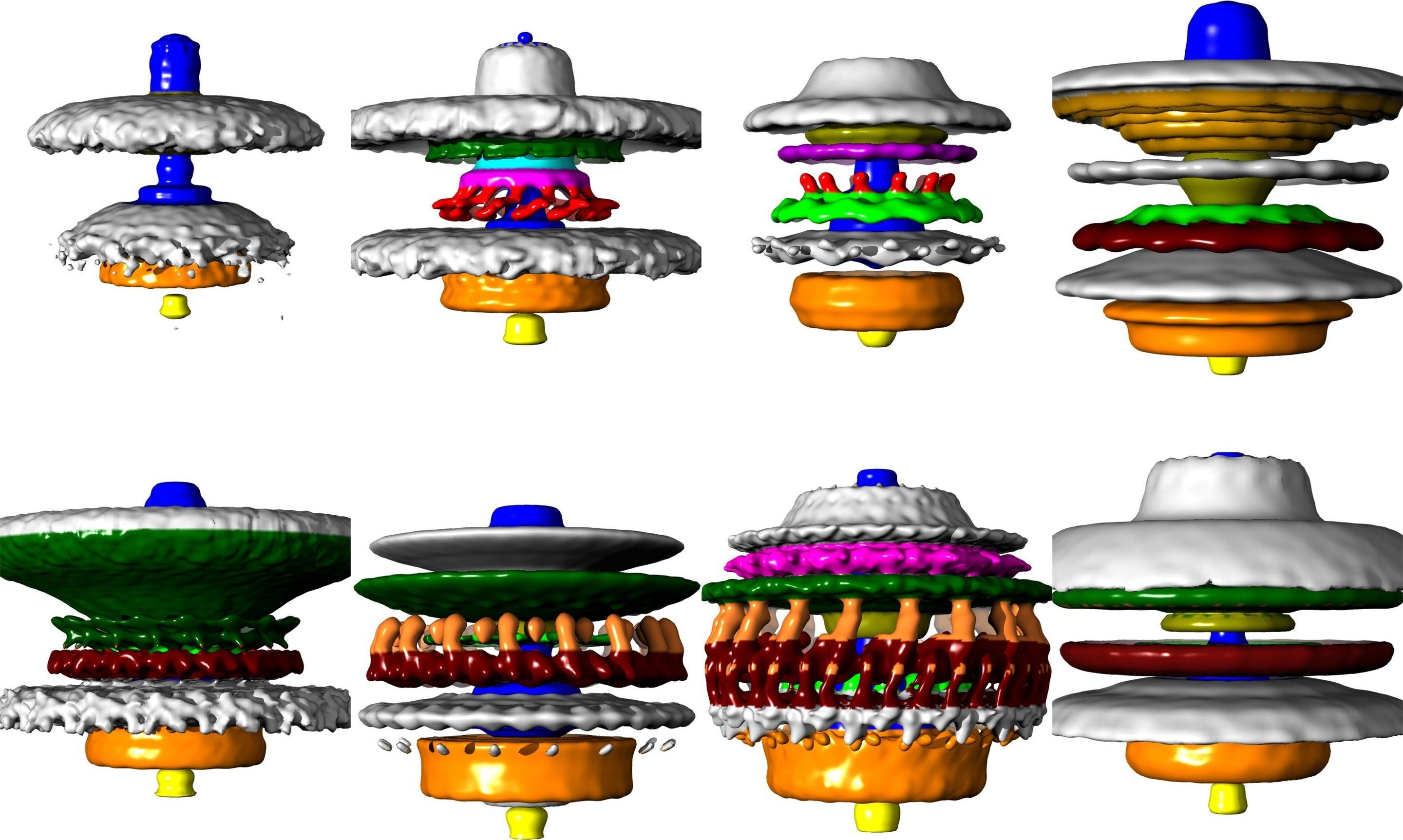Mar 12, 2018
A Protein that Shows the Difference Between Cancer and Non-cancer Cells
Posted by Steve Hill in categories: biotech/medical, evolution
Researchers have identified a protein that is different between healthy and cancerous cells, offering a potential target for therapeutic interventions.
Abstract
Sorting nexins anchor trafficking machines to membranes by binding phospholipids. The paradigm of the superfamily is sorting nexin 3 (SNX3), which localizes to early endosomes by recognizing phosphatidylinositol 3-phosphate (PI3P) to initiate retromer-mediated segregation of cargoes to the trans-Golgi network (TGN). Here we report the solution structure of full length human SNX3, and show that PI3P recognition is accompanied by bilayer insertion of a proximal loop in its extended Phox homology (PX) domain. Phosphoinositide (PIP) binding is completely blocked by cancer-linked phosphorylation of a conserved serine beside the stereospecific PI3P pocket. This “PIP-stop” releases endosomal SNX3 to the cytosol, and reveals how protein kinases control membrane assemblies. It constitutes a widespread regulatory element found across the PX superfamily and throughout evolution including of fungi and plants.
Continue reading “A Protein that Shows the Difference Between Cancer and Non-cancer Cells” »

















